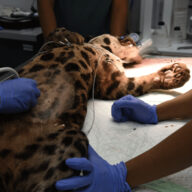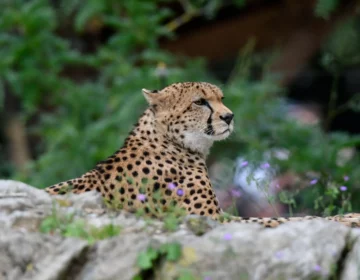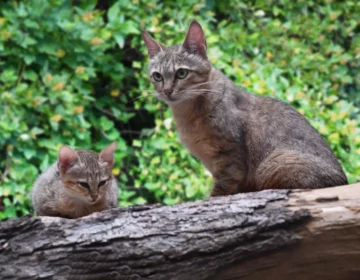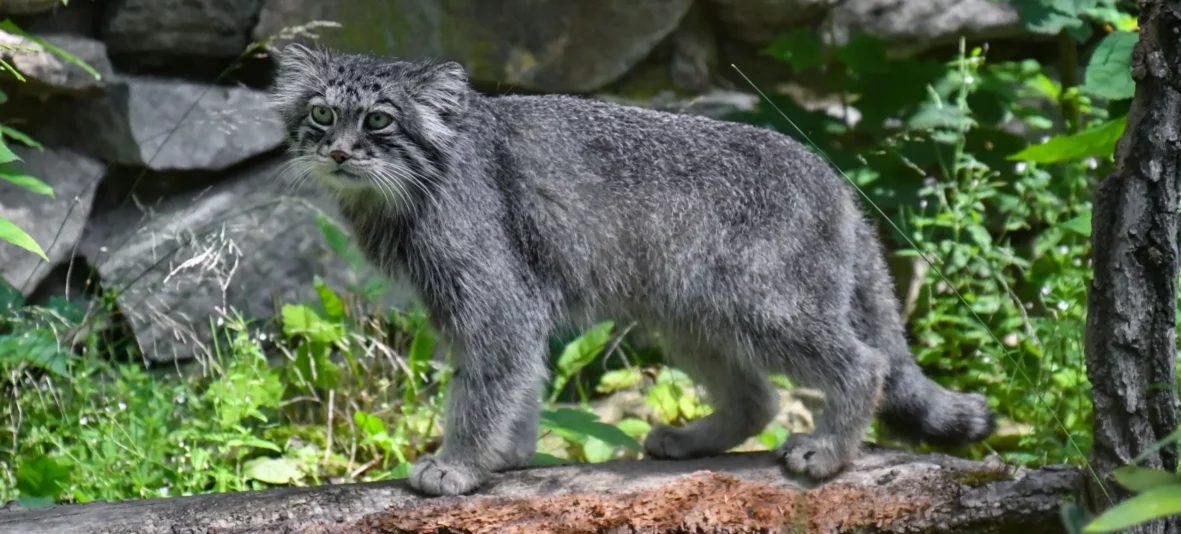
Pallas’s cat
Otocolobus manul
Pallas’s cat
APPEARANCE
Pallas’s Cat is a very distinctive cat with short legs, a compact body, and a long coat that makes him look bigger than he is. The hair on the underside of the body is almost twice as long as on the top and sides, which keeps the cat warm in the extreme winter conditions typical of its habitat. The manula’s coat color can vary from gray in the north of its range to yellow-brown or fox-red in some areas of the southern range. Color can also vary with the season. The tips of the hair are white and create a silvery, frosted appearance. The chin, neck, and belly are white. The limbs are marked with a subtle horizontal stripe. The tail is thick and short with a black tip and several narrow black rings. The fur color provides excellent camouflage and helps the manula blend in with its surroundings. The manula’s head is broad and flattened, and the ears are small, rounded, and well-set. A pattern of small black spots is drawn on the forehead and dark and white stripes are on the cheeks. The flat profile of the head is an adaptation for hunting in open country. Its eyes are surrounded by white and black lines and have a third eyelid that serves as protection from cold winds and dust storms that are common in its range.
DISTRIBUTION AND HABITAT
The Pallas’s cat is found from Iran throughout Central Asia. It mainly inhabits the steppes of Mongolia, China, and the Tibetan plateau. At the southwestern end of its range, it occurs in the Zagros and Alborz mountains of Iran. In Afghanistan and Pakistan, it is found in the Hindu-Kish-Hindu Raj mountains.
The Pallas’ cat inhabits mountain grasslands, shrub and grassy steppes, hilly terrain, rocky alpine deserts, and semi-deserts. It is primarily associated with gentle steppes and southern slopes where deep snow cover does not accumulate.
BEHAVIOUR
The manul is a solitary animal, active mainly at dusk, but can forage at any time of day or night. It uses caves, rock crevices, or abandoned burrows of other animals such as marmots, foxes, and badgers as shelter.
FOOD
Small to medium-sized, non-wintering colony-forming mammals make up most of the Pallas cat’s food. It feeds primarily on barks (Ochotona spp.) and small rodents such as gerbils (Meriones spp.), voles, hamsters, and jumpers (Dipus sagitta, Allactaga spp.).
MAIN THREATS
Habitat fragmentation and degradation is currently considered the greatest threat to this species.
